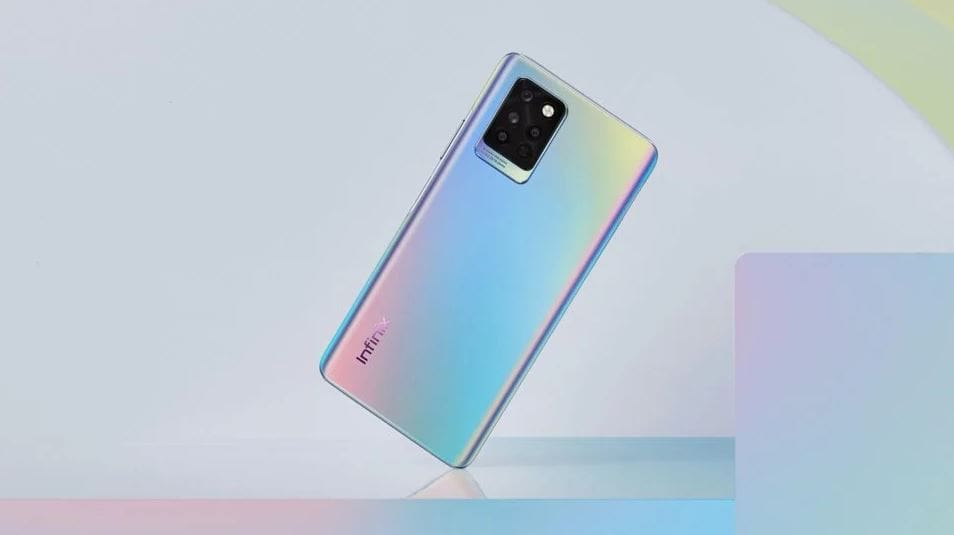As the smartphone market becomes increasingly competitive, brands are consistently vying for consumer attention with unique features and pricing strategies. In this landscape, Poco and Redmi, both sub-brands of Xiaomi, have carved out significant niches for themselves. This article aims to explore whether Poco smartphones offer advantages over their Redmi counterparts by examining factors such as specifications, pricing, performance, and brand positioning.
Performance and Specifications
One of the primary considerations for any smartphone buyer is the performance of the device. Poco has built its reputation around offering smartphones with powerful specifications at affordable prices. For example, the Poco F series, particularly the Poco F3, is equipped with Qualcomm Snapdragon 870, making it suitable for gaming and heavy multitasking. In contrast, Redmi also has strong contenders like the Redmi Note series, which typically houses slightly less powerful processors, such as the MediaTek Dimensity 720 or Snapdragon 732G in previous models.
However, the distinctions may not be as clear-cut as they seem. The Redmi Note series excels in battery life and camera performance, often featuring larger batteries and better camera systems compared to Poco models. Thus, while Poco offers raw performance, Redmi focuses on well-rounded usability, catering to different segments of users.
Pricing Strategy
Another area where these brands differentiate themselves is in pricing. Poco smartphones are often marketed as offering “flagship” performance at mid-range prices. This strategy has been well-received, particularly in markets where budget-conscious consumers seek the best value for their money. For instance, Poco devices such as the Poco X3 Pro are frequently touted for their specifications relative to price.
On the flip side, Redmi positions its devices as reliable and versatile options across various price points. The Redmi Note series, for instance, often comes with features appealing to a broader audience, including excellent build quality and user-friendly MIUI software. Although the prices may not always match the raw performance of Poco, the value offered through additional features can be appealing for many consumers.
Brand Positioning and Target Audience
The branding strategies of Poco and Redmi further highlight their differences. Poco products are often marketed towards younger consumers and tech enthusiasts looking for high-performance devices. The brand emphasizes a “killer flagship” proposition, focused on delivering speed, power, and efficiency.
Conversely, Redmi has established itself as a brand that balances performance with practicality. It targets a more diverse audience that includes casual users, families, and individuals seeking reliable smartphones for everyday use. This branding approach has led to success in various markets, as Redmi offers devices that meet practical needs without compromising too much on performance.
Conclusion
In the debate of whether Poco is better than Redmi, the answer largely depends on the specific needs and preferences of the consumer. If a user prioritises flagship performance and is looking for a device that can handle heavy tasks and gaming, Poco may be the more suitable choice. However, for those seeking a balanced smartphone experience with reliable performance, excellent battery life, and camera capabilities, Redmi stands out as a compelling option.
Ultimately, both brands fulfil different market needs, and the choice between them boils down to what features matter most to the user. As technology continues to evolve, both Poco and Redmi will likely continue innovating to meet the changing demands of consumers.
Smartphone Savvy: Tips and Hacks for Choosing Between Poco and Redmi
In today’s smartphone landscape, consumers have an overwhelming array of choices. With brands like Poco and Redmi leading the charge under the Xiaomi umbrella, it is crucial to navigate this market wisely. Here are some essential tips, life hacks, and fascinating facts that can assist you in making the best choice between these two sub-brands.
1. Understand Your Needs
Before diving into the specs and features, take a moment to assess your personal smartphone usage. Are you a gamer, a photography enthusiast, or someone who needs a reliable device for everyday tasks? Identifying your primary use case will help you determine which brand aligns better with your needs.
2. Compare Battery Life Thoroughly
While Poco devices typically excel in performance, Redmi often shines in battery life. Always check the battery capacity and reviews on battery performance. Redmi models, especially in the Note series, often come with larger batteries that last longer, making them ideal for users who are constantly on the go.
3. Investigate Software Features
Both Poco and Redmi run on MIUI, but they often feature different customisations. If you value software enhancements, check the UI experience that each brand offers. Some users may prefer the streamlined experience of Poco, while others might favour the additional features found in Redmi devices.
4. Stay Updated on Price Drops and Promotions
Both Poco and Redmi frequently offer discounts and promotional sales. Keeping an eye on tech news and specific retailer promotions can save you considerable money. Sign up for newsletters from Xiaomi to receive alerts about special deals.
5. Explore Community Feedback
User reviews can provide invaluable insight beyond the specifications. Platforms like tech forums and review sites often have discussions where current users share their experiences. Engaging in these communities can help you get real-world perspectives on both brands.
6. Look for After-Sales Support
Having good customer support can significantly affect your ownership experience. Research the after-sales service offerings of both Poco and Redmi in your area. Xiaomi’s broad service network tends to provide decent support, but checking for local service centres can save you frustrations later.
Interesting Fact: The Poco “Killer” Approach
Poco markets its devices as “Killer” flagship smartphones, focusing on superior specifications at a competitive price. This strategy was rooted in the initial release of the Poco F1, which stunned consumers with its top-tier specs at a mid-range price, quickly creating a loyal customer base.
7. Consider Future Resale Value
If you plan to upgrade frequently, consider the future resale value of the smartphone you buy. Poco devices tend to hold their value well due to their high-performance specs. In contrast, while Redmi devices are reliable, their resale value may not be as strong, especially older models.
Conclusion
Ultimately, choosing between Poco and Redmi boils down to personal preferences, performance needs, and budget considerations. Whether you lean towards the power-packed options of Poco or the well-rounded capabilities of Redmi, taking these tips and hacks into account will help you make an informed decision and find the smartphone that best fits your lifestyle.
Stay informed and mindful of your choices in this vibrant and evolving smartphone market. For more tech insights, visit Xiaomi’s official site for the latest updates and product offerings.























